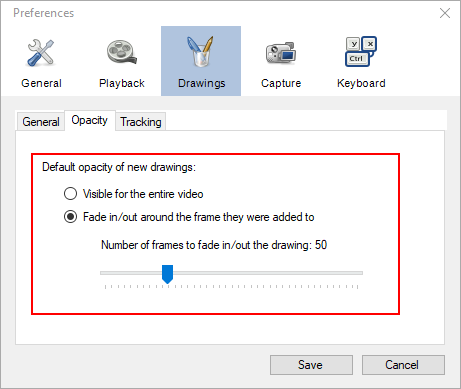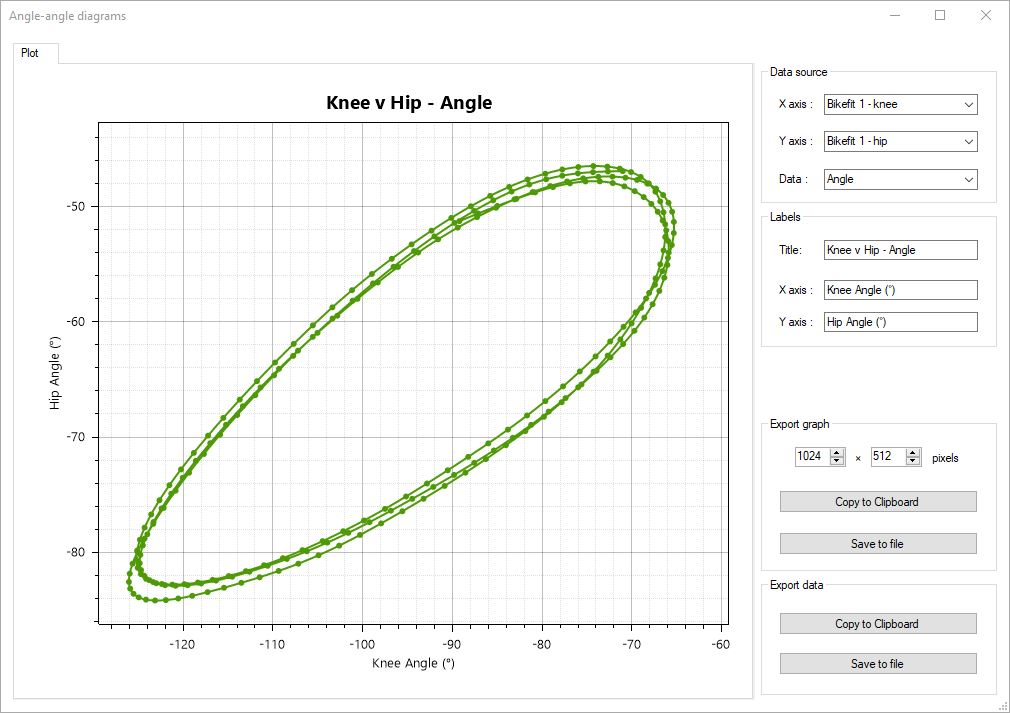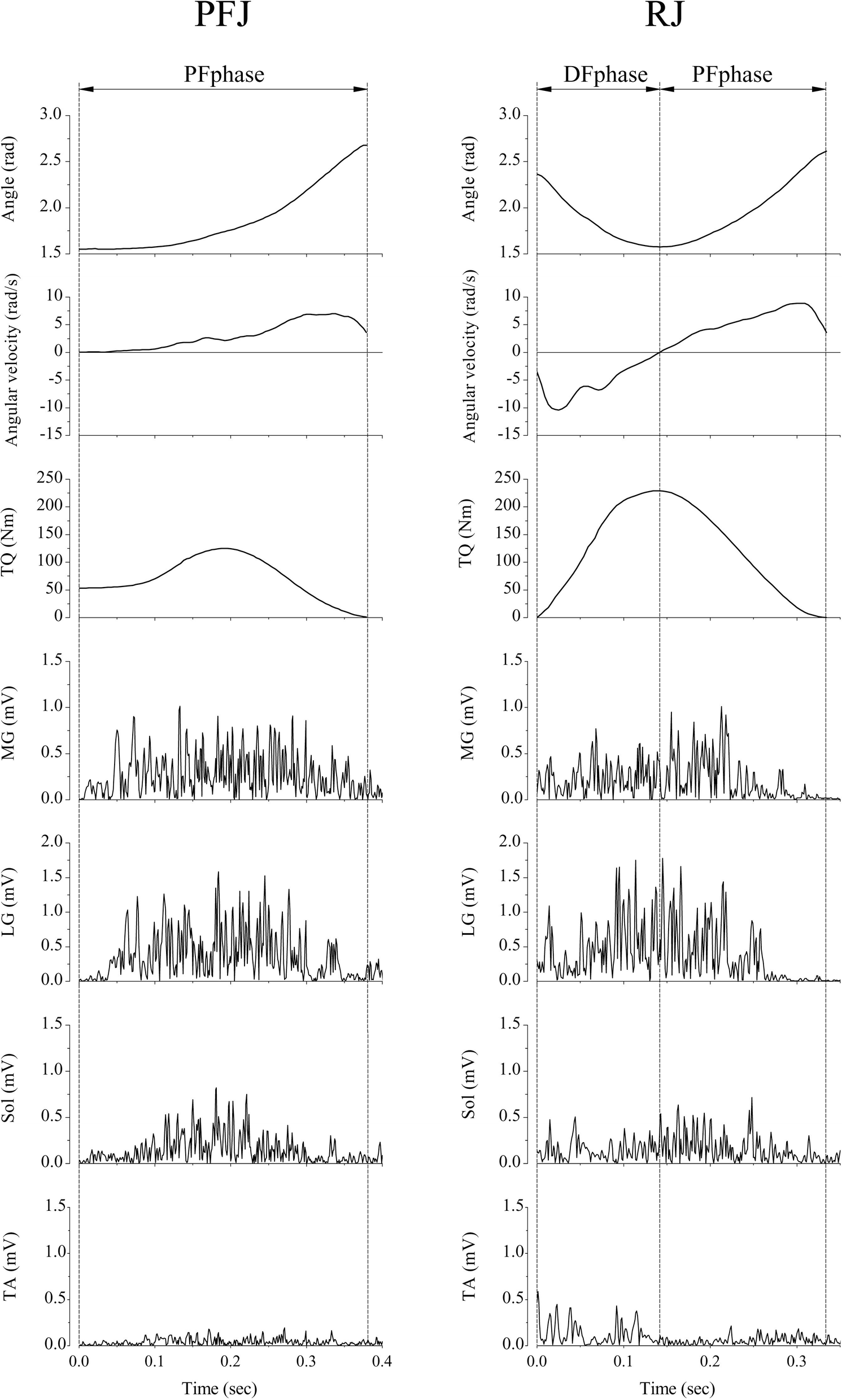
Assessing each player’s initial individual sprint FV-profile may assist in predicting adaptation potential.
#TRACK ANGLE KINOVEA KINEMATICS PROFESSIONAL#
With appropriate coaching, heavy resisted sprint training could be one pragmatic option to assist improvements in sprint performance without adverse changes in sprinting kinematics in professional soccer players. No significant differences in sprinting kinematics or spatiotemporal variables were observed that remained under the between-session minimal detectable change. Initial maximal theoretical horizontal force capacity (F0) and sprint FV-sprint profile properties showed a significant moderate relationship with F0 adaptation potential ( p < 0.05). Post-hoc analysis showed that HS50% improved significantly more compared to CON in 0–10-m split-time ( d = 1.03) and peak power ( d = 1.16). Resultsīoth heavy resistance subgroups improved significantly all 10–30-m split times ( p < 0.05, d = − 1.25 −0.62).

Subgroup one trained with a resistance that induced a 60% velocity decrement from maximal velocity ( N = 10, HS60%) and subgroup two used a 50% velocity decrement resistance ( N = 9, HS50%) based on individual load-velocity profiles. Out of the two recruited homogenous soccer teams ( N = 32, age: 24.1 ± 5.1 years: height: 180 ± 10 cm body-mass: 76.7 ± 7.7 kg, 30-m split-time: 4.63 ± 0.13 s), one was used as a control group continuing training as normal with no systematic acceleration training (CON, N = 13), while the intervention team was matched into two HS subgroups based on their sprint performance. MethodsĪfter familiarization, a nine-week training protocol and a two-week taper was completed with sprint performance and force-velocity (FV) profiles compared before and after. We investigated whether heavy resisted sled training (HS) affects sprint performance, kinetics, sagittal plane kinematics, and spatiotemporal parameters in professional male soccer players.

Another unknown factor is whether violating kinematic specificity via heavy resistance will lead to changes in unloaded sprinting kinematics.

However, the effects of such overload on sprint performance and the related kinetic changes are unknown in a professional setting. One such method could be heavy resisted sprint training. Sprint performance is an essential skill to target within soccer, which can be likely achieved with a variety of methods, including different on-field training options. Changes in sprint performance and sagittal plane kinematics after heavy resisted sprint training in professional soccer players.

Cite this article Lahti J, Huuhka T, Romero V, Bezodis I, Morin J, Häkkinen K. For attribution, the original author(s), title, publication source (PeerJ) and either DOI or URL of the article must be cited. Licence This is an open access article distributed under the terms of the Creative Commons Attribution License, which permits unrestricted use, distribution, reproduction and adaptation in any medium and for any purpose provided that it is properly attributed. 6 Sports Performance Research Institute New Zealand (SPRINZ), Auckland University of Technology, Auckland, New Zealand DOI 10.7717/peerj.10507 Published Accepted Received Academic Editor Tim Doyle Subject Areas Anatomy and Physiology, Kinesiology Keywords Strength training, Resistance training, Sprinting, Velocity-based training, Coordination, Professional sport Copyright © 2020 Lahti et al.


 0 kommentar(er)
0 kommentar(er)
